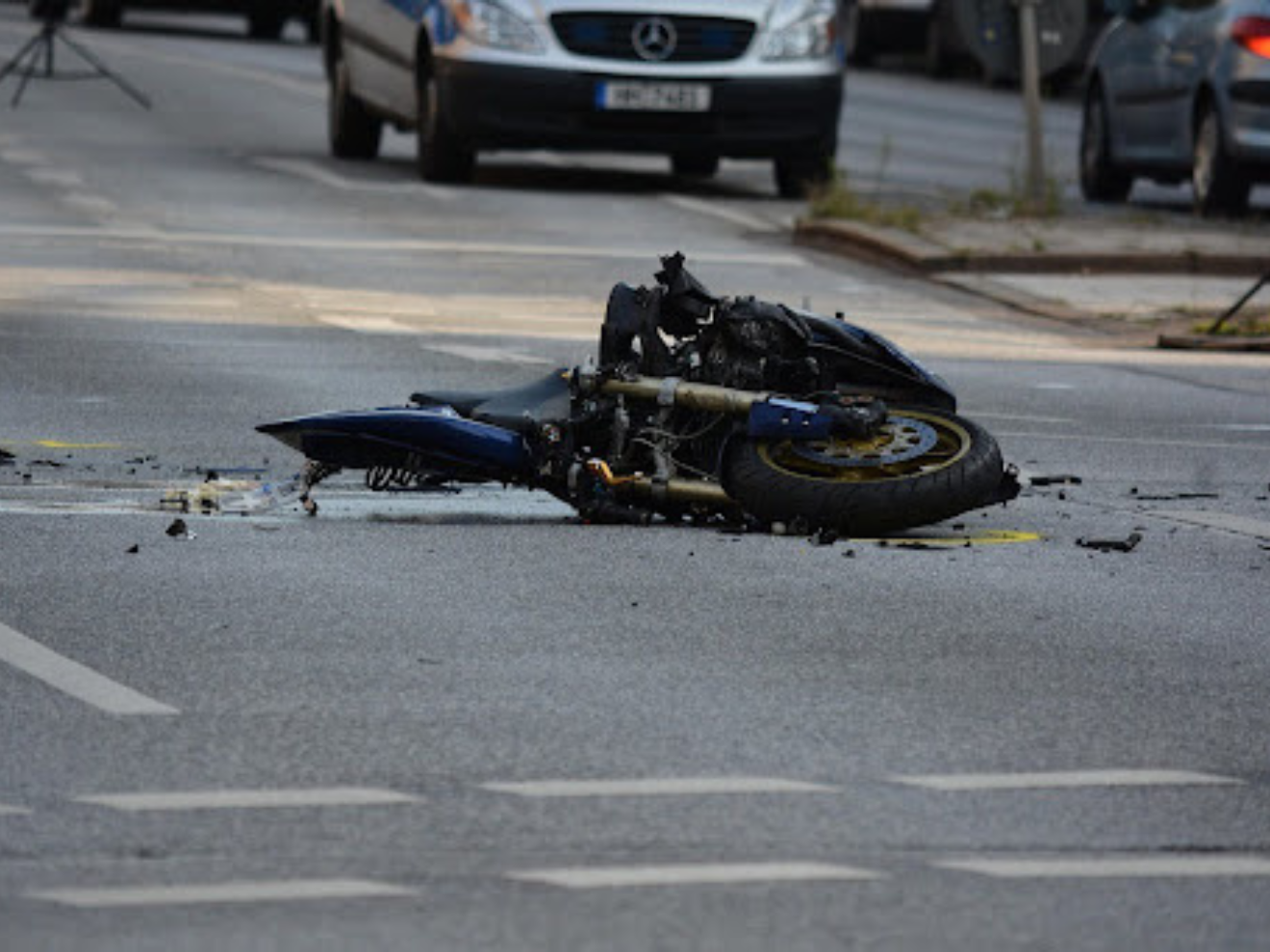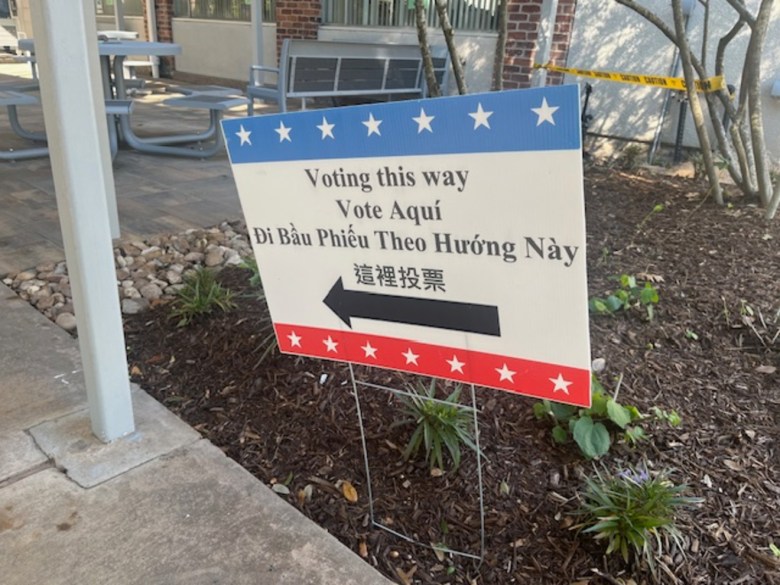Essential Motorcycle Safety Tips Every Rider Should Know
The thrill of motorcycle riding brings an incomparable sense of freedom and adventure, yet it carries inherent risks that demand unwavering attention to safety. Each year, thousands of motorcyclists suffer serious injuries or lose their lives in preventable accidents, underscoring why riders must grasp both their unique vulnerabilities and the life-saving measures available to them. Whether you’ve been riding for decades or just earned your license, incidents that require consulting professionals like Simmons and Fletcher, motorcycle accident lawyer serve as stark reminders of why prevention through proper safety habits matters so much. Safe motorcycling hinges on cultivating comprehensive safety awareness, investing in quality protective gear, and consistently applying defensive riding techniques.
Understanding the Unique Risks of Motorcycle Riding
Motorcycles face fundamentally different safety challenges than enclosed vehicles. Without a car’s protective frame, riders remain directly exposed to impact forces and unforgiving road surfaces during crashes. Visibility issues rank among the most serious dangers—motorcycles’ compact profile makes them significantly harder for other drivers to spot, especially in blind spots or during lane changes.
Left-turn collisions cause a disproportionate number of motorcycle accidents, usually happening when drivers simply don’t see an approaching motorcycle before turning. The physics of motorcycle operation creates additional hazards: aggressive braking can lock wheels, while poor cornering technique often leads to devastating loss of control. Recognizing these vulnerabilities marks the crucial first step toward developing defensive riding awareness that spots potential dangers long before they turn deadly.
Essential Gear for Rider Protection
DOT-approved helmets stand as your most vital safety equipment, cutting fatal head injury risk by roughly 40%. A proper helmet fits snugly without being uncomfortable, offers clear peripheral vision, and meets current safety standards. Eye protection—whether through helmet visors or wraparound glasses—prevents debris, insects, and wind from compromising vision or triggering dangerous reactions.
High-visibility clothing in bright colors or featuring reflective materials dramatically improves your visibility to other motorists, particularly during dawn, dusk, or cloudy conditions. Your protective ensemble should include full-coverage jackets and pants constructed from abrasion-resistant materials, over-the-ankle boots that shield feet and ankles, and gloves that maintain grip while guarding hands against road rash.
Key Takeaway: Essential gear includes a DOT-approved helmet, eye protection, bright or reflective clothing, protective jacket and pants, gloves, and appropriate footwear. This equipment serves as your primary barrier against injury.
Safe Riding Habits and Defensive Techniques
Following traffic laws and maintaining speeds appropriate for conditions provides the foundation for safe riding. Yet motorcyclists must exceed basic compliance by practicing defensive riding techniques that assume other drivers might not see them or react appropriately to their presence
Safe following distances become even more critical on motorcycles, since stopping distances can fluctuate dramatically based on road conditions and braking technique. The Search-Evaluate-Execute (SEE) strategy involves constantly scanning your riding environment, assessing potential hazards, and taking appropriate action before situations turn critical.
Core defensive riding practices include:
– Signaling turns and lane changes well ahead of maneuvers
– Positioning yourself in the most visible portion of your lane
– Staying out of other vehicles’ blind spots
– Never riding when tired, impaired, or emotionally distracted
– Anticipating common driver mistakes like sudden lane changes
Motorcycle Maintenance and Pre-Ride Checks
Regular maintenance directly affects safety by ensuring all systems work properly when you need them most. Mechanical failures while riding can create dangerous situations that proper upkeep prevents entirely.
Before each ride, systematically check lights, tires, brakes, mirrors, and fluid levels. Tire pressure and tread depth influence handling and stopping ability, while brake system reliability can determine whether you experience a close call or a serious crash. Your pre-ride checklist should cover controls, lights, oil levels, tires, kickstand, and chain or belt condition.
Navigating Intersections and High-Risk Situations
Intersections pose the greatest risk for motorcyclists, especially when other vehicles make left turns. Enhanced visibility techniques at intersections include flashing your brake light to attract attention, positioning yourself where drivers are most likely to notice you, and reducing speed to create more reaction time.
Picture this scenario: you’re approaching a busy intersection and spot a car waiting in the opposing left-turn lane. Instead of maintaining speed and hoping the driver sees you, a defensive rider would slow down, move to the center or left portion of their lane for maximum visibility, and prepare for evasive action. This proactive mindset has prevented countless accidents.
What to Do After a Motorcycle Accident
When an accident happens, prioritize immediate safety by moving to a secure location if you can and seeking medical attention for any injuries, no matter how minor they appear. Document the scene thoroughly with photographs, collect contact information from witnesses, and ensure a police report gets filed.
Understanding your legal rights and options becomes crucial when dealing with insurance companies and potential compensation claims. Professional legal guidance helps navigate complex claims processes and ensures proper representation of your interests.
Staying Safe on Two Wheels
Motorcycle safety demands ongoing commitment to proper equipment, defensive riding techniques, and consistent maintenance practices. The combination of quality protective gear, heightened awareness, and unwavering safety habits dramatically reduces accident risks while preserving motorcycling’s pure joy.
Remember that safety isn’t a final destination—it’s a continuous practice that grows with experience and adapts to changing conditions. Every ride offers a chance to strengthen safe habits that protect both you and fellow road users, ensurThe thrill of motorcycle riding brings an incomparable sense of freedom and adventure, yet it carries inherent risks that demand unwavering attention to safety. Each year, thousands of motorcyclists suffer serious injuries or lose their lives in preventable accidents, underscoring why riders must grasp both their unique vulnerabilities and the life-saving measures available to them. Whether you’ve been riding for decades or just earned your license, incidents that require consulting professionals like Simmons and Fletcher, motorcycle accident lawyer serve as stark reminders of why prevention through proper safety habits matters so much. Safe motorcycling hinges on cultivating comprehensive safety awareness, investing in quality protective gear, and consistently applying defensive riding techniques.
Understanding the Unique Risks of Motorcycle Riding
Motorcycles face fundamentally different safety challenges than enclosed vehicles. Without a car’s protective frame, riders remain directly exposed to impact forces and unforgiving road surfaces during crashes. Visibility issues rank among the most serious dangers—motorcycles’ compact profile makes them significantly harder for other drivers to spot, especially in blind spots or during lane changes.
Left-turn collisions cause a disproportionate number of motorcycle accidents, usually happening when drivers simply don’t see an approaching motorcycle before turning. The physics of motorcycle operation creates additional hazards: aggressive braking can lock wheels, while poor cornering technique often leads to devastating loss of control. Recognizing these vulnerabilities marks the crucial first step toward developing defensive riding awareness that spots potential dangers long before they turn deadly.
Essential Gear for Rider Protection
DOT-approved helmets stand as your most vital safety equipment, cutting fatal head injury risk by roughly 40%. A proper helmet fits snugly without being uncomfortable, offers clear peripheral vision, and meets current safety standards. Eye protection—whether through helmet visors or wraparound glasses—prevents debris, insects, and wind from compromising vision or triggering dangerous reactions.
High-visibility clothing in bright colors or featuring reflective materials dramatically improves your visibility to other motorists, particularly during dawn, dusk, or cloudy conditions. Your protective ensemble should include full-coverage jackets and pants constructed from abrasion-resistant materials, over-the-ankle boots that shield feet and ankles, and gloves that maintain grip while guarding hands against road rash.
Key Takeaway: Essential gear includes a DOT-approved helmet, eye protection, bright or reflective clothing, protective jacket and pants, gloves, and appropriate footwear. This equipment serves as your primary barrier against injury.
Safe Riding Habits and Defensive Techniques
Following traffic laws and maintaining speeds appropriate for conditions provides the foundation for safe riding. Yet motorcyclists must exceed basic compliance by practicing defensive riding techniques that assume other drivers might not see them or react appropriately to their presence
Safe following distances become even more critical on motorcycles, since stopping distances can fluctuate dramatically based on road conditions and braking technique. The Search-Evaluate-Execute (SEE) strategy involves constantly scanning your riding environment, assessing potential hazards, and taking appropriate action before situations turn critical.
Core defensive riding practices include:
– Signaling turns and lane changes well ahead of maneuvers
– Positioning yourself in the most visible portion of your lane
– Staying out of other vehicles’ blind spots
– Never riding when tired, impaired, or emotionally distracted
– Anticipating common driver mistakes like sudden lane changes
Motorcycle Maintenance and Pre-Ride Checks
Regular maintenance directly affects safety by ensuring all systems work properly when you need them most. Mechanical failures while riding can create dangerous situations that proper upkeep prevents entirely.
Before each ride, systematically check lights, tires, brakes, mirrors, and fluid levels. Tire pressure and tread depth influence handling and stopping ability, while brake system reliability can determine whether you experience a close call or a serious crash. Your pre-ride checklist should cover controls, lights, oil levels, tires, kickstand, and chain or belt condition.
Navigating Intersections and High-Risk Situations
Intersections pose the greatest risk for motorcyclists, especially when other vehicles make left turns. Enhanced visibility techniques at intersections include flashing your brake light to attract attention, positioning yourself where drivers are most likely to notice you, and reducing speed to create more reaction time.
Picture this scenario: you’re approaching a busy intersection and spot a car waiting in the opposing left-turn lane. Instead of maintaining speed and hoping the driver sees you, a defensive rider would slow down, move to the center or left portion of their lane for maximum visibility, and prepare for evasive action. This proactive mindset has prevented countless accidents.
What to Do After a Motorcycle Accident
When an accident happens, prioritize immediate safety by moving to a secure location if you can and seeking medical attention for any injuries, no matter how minor they appear. Document the scene thoroughly with photographs, collect contact information from witnesses, and ensure a police report gets filed.
Understanding your legal rights and options becomes crucial when dealing with insurance companies and potential compensation claims. Professional legal guidance helps navigate complex claims processes and ensures proper representation of your interests.
Staying Safe on Two Wheels
Motorcycle safety demands ongoing commitment to proper equipment, defensive riding techniques, and consistent maintenance practices. The combination of quality protective gear, heightened awareness, and unwavering safety habits dramatically reduces accident risks while preserving motorcycling’s pure joy.
Remember that safety isn’t a final destination—it’s a continuous practice that grows with experience and adapts to changing conditions. Every ride offers a chance to strengthen safe habits that protect both you and fellow road users, ensuring your passion for motorcycling remains a source of pure enjoyment rather than painful regret.ing your passion for motorcycling remains a source of pure enjoyment rather than painful regret.
This article appears in Jan 1 – Dec 31, 2025.
Related

Reign Bowers is an outdoor enthusiast, adventure seeker, and storyteller passionate about exploring nature’s wonders. As the creator of SuperheroineLinks.com, Reign shares inspiring stories, practical tips, and expert insights to empower others—especially women—to embrace the great outdoors with confidence.




Post Comment